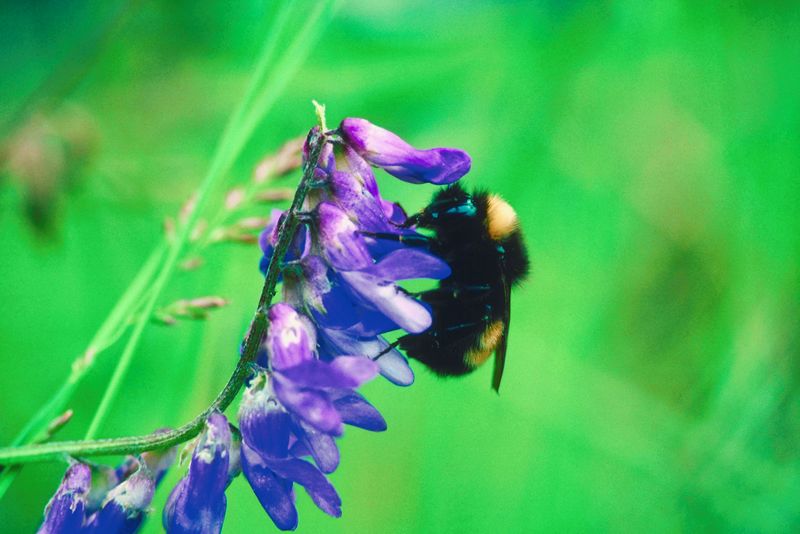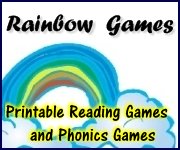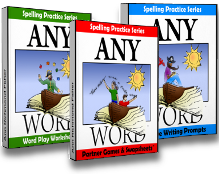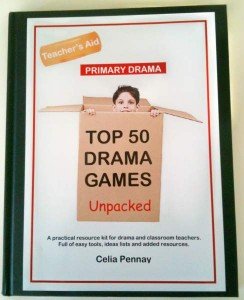Teaching Children to Write Poetry
Easy Beginnings for How to Write Poems
Teaching children to write poetry is a natural tool for writing across the curriculum. I found it an easy way to introduce my students to a love of words through the next topic in the textbook!
More often than not, teachers today who want to introduce poetry to their classes are bound by the constraints of a tight curriculum. Teachers need poetry activities that fit seamlessly into any required curriculum, poetry lessons that expand and reinforce specific themes and content. Although poetry is a thoughtful vehicle for exploring everyday life and emotions, it doesn't stop there. Poems are a versatile tool for introducing and understanding a world of unit studies: plant life cycles, animal habitats, current events in social studies, biographies of influential persons, and the like. The list is endless.
Using poetry as a teaching companion is a delightful means to a solid educational end. As you use creative poetry activities across the curriculum, you'll also be differentiating instruction according to the ways each of your students learns best. Not only will you encourage a love of words and writing, your classes will naturally link creative writing to each topic they examine. A truly seamless integration! Before we look at a wonderful exercise for teaching children to write poetry, let's see how the process fits into a multiple intelligence approach. Where appropriate, I've added links to other articles that might stimulate your own creative poetry planning.
Teaching Children to Write Poetry: Multiple Intelligence Connections
- Verbal-Linguistic: developing skills in the poetic craft of metaphor and simile; writing poems in the styles of famous poets; writing poems about literary characters
- Spatial: using images of color and shape within poems; writing poems about art or well-known artists
- Logical-Mathematical: writing poems in traditional forms; writing poems about mathematical concepts or influential mathematicians
- Bodily-Kinesthetic: writing poems about different sports or health education studies
- Musical: writing in syllabic patterns and rhymes; writing poems to accompany instrumental selections or about influential musicians
- Interpersonal: writing poems about human history and cultures
- Intrapersonal: writing poems that center upon personal character and values
- Naturalist: writing poems about environmental or scientific topics
- Existential: writing poems that explore spiritual values; in an appropriate context, such poems become prayer poems
Teaching Children to Write Poetry through Metaphor and Simile
The building blocks of poetry are metaphors and similes. By working with these concepts, children develop skills in crafting imagery and careful word choice. This versatile activity is called the Like What? list and offers an understanding of simile and metaphor. Try this exercise within any topic of study. Here's the format:- color like-
- hot like-
- cold like-
- sounds like-
- tastes like-
- smells like-
- looks like-
- feels like-
- makes me feel-
- Black-and-gold robe
- Hot morning sun
- Cold evening breeze
- Humming throughout the day
- Sweet honeysuckle
- Wild rose's perfume
- A tangled fairy forest
- Boundless energy and life
- Oh, to have the bee's happiness!

- Royal green
- In summer heat,
- Through cold stinging rain,
- Silently growing.
- Taste of earth and bark
- Scent of ageless wood
- A sentinel searching the skies
- A calm guardian of the fields.
- Give me your strength and wisdom

- Select the unit topic
- Brainstorm ideas, words, and images that spin from the Like What? format
- Share models of poems you've written
- Share your students' subsequent poems
Have fun using simile and metaphor to explore the world, as you experience teaching children to write poetry!
Return from Teaching Children to Write Poetry to Creative Writing Activities
Return from Teaching Children to Write Poetry to Creative Writing Ideas and Activities
Helping You Write Across the Curriculum!
copyright 2009-2013 www.creative-writing-ideas-and-activities.com
Our Most Popular Pages
5. Writing a Personal Narritive
10. Elements of Persuasive Writing
Recommeded Resources:
AnyWord(TM) Spelling Practice Series!
Worksheets, games and activities to use with any spelling words. Three volumes in all!
Stop Essay Pain!
LitWorks.com
Resources to help students prepare for literature examinations.
Teach Kids Drama!








